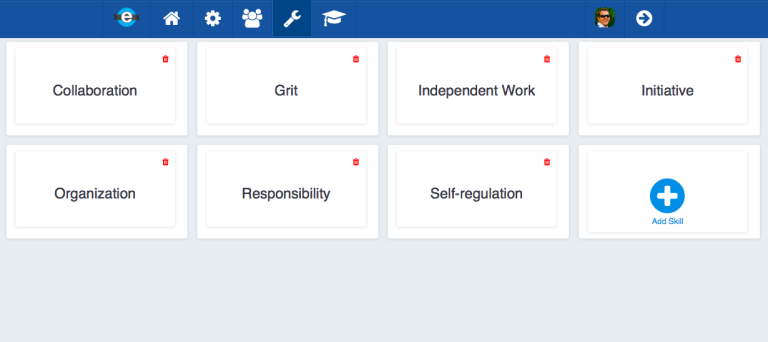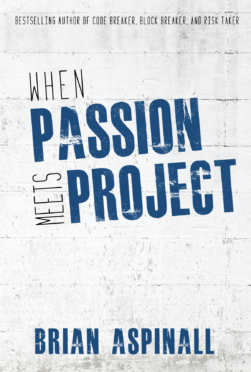With regards Science, Technology, Engineering and Math, David Jonassen classifies “meaningful learning” using five categories:
Active: Students should be actively engaged in their learning – typically this will be doing something on a computer, but it could also be taking part in a discussion or an activity away from the computer, such as role-play to illustrate how packets of data travel across the internet.
Constructive: This can be understood both in the sense of constructing meaning, developing students’ mental model of computation and technologies, and in the sense of making something, whether this is a computer program, a presentation or a blog post.
Intentional: Ideally, students should have some degree of choice over how they tackle a task or project, or perhaps even over the task or project itself. It is unlikely they will learn much from copying a worked solution off an IWB screen, and many projects can be constructed or adapted to allow plenty of scope for individual creativity.
Authentic: Wherever possible, try to link activities with students’ own experiences, both within and beyond school: cross-curricular projects work very well, as do those linked to the life of the school itself, or to students’ experiences of technology.
Cooperative: Computing, in both industrial and academic contexts, is a collaborative endeavour. Where possible, construct activities so that students can work together, supporting one another in their learning.
Source: http://www.computingatschool.org.uk/data/uploads/CASPrimaryComputing.pdf
If you take a peek at the Ontario math curriculum document, you’ll notice some comparison listed in the mathematical process expectations. Below is from grade 6:
• develop, select, apply, and compare a variety of problem-solving strategies as they pose and solve problems and conduct investigations, to help deepen their mathematical understanding;
• develop and apply reasoning skills (e.g.,recognition of relationships, generalization through inductive reasoning, use of counter-examples) to make mathematical conjectures, assess conjectures and justify conclusions, and plan and construct organized mathematical arguments;
• demonstrate that they are reflecting on and monitoring their thinking to help clarify their understanding as they complete an investigation or solve a problem (e.g., by assessing the effectiveness of strategies and processes used, by proposing alternative approaches, by judg- ing the reasonableness of results, by verifying solutions);
• select and use a variety of concrete, visual, and electronic learning tools and appropriate computational strategies to investigate mathematical ideas and to solve problems;
• make connections among mathematical concepts and procedures, and relatemathematical ideas to situations or phenomena drawn from other contexts (e.g., other curriculum areas, daily life, current events, art and culture, sports);
• create a variety of representations of mathematical ideas(e.g.,numeric,geometric,alge- braic, graphical, pictorial; onscreen dynamic representations), connect and compare them, and select and apply the appropriate representations to solve problems;
• communicate mathematical thinking orally, visually, and in writing,using mathematical vocabulary and a variety of appropriate representations, and observing mathematical conventions.
Assessing these types of learning environments is not nearly as challenging as evaluating them.
Providing good constructive feedback and next steps enables students to move ahead in their learning. On the other hand, evaluating the process of learning poses significant challenges when less emphasis is placed on the final student product – and when students are all working at different levels, paces and on different tasks.
Perhaps the most obvious way to address this is to develop a skills-based approach to learning where teachers determine whether or not skills have been mastered.
The notion of time as a constant should be re-evaluated and students should have multiple opportunities to prove skill mastery. As students demonstrate mastery of different skills, their achievement could be recognized using badges.
Edmettle is a feedback management tool for teachers and students to endorse each other for mastering specific skills.
I have been working hard on badging solution in order to better recognize the process of learning – as it happens – in the moment. Teachers create a free account, enter the skills they wish to recognize and begin endorsing students for the super cool things they do on a regular basis.
Consider the importance of observation and conversation.
In many cases, teachers have adopted a constructivist approach to learning. Whether it be inquiry / challenge based learning, coding or makersapces, our students are engaging in open-ended exploratory activities. Students are blogging, reflecting, collaborating and sharing their experiences on global platforms and social media. Awarding badges is an engaging way to celebrate learning.


 For all the kids who grow up in a small town and think they don’t stand a chance. You do. I was once that kid.
For all the kids who grow up in a small town and think they don’t stand a chance. You do. I was once that kid.